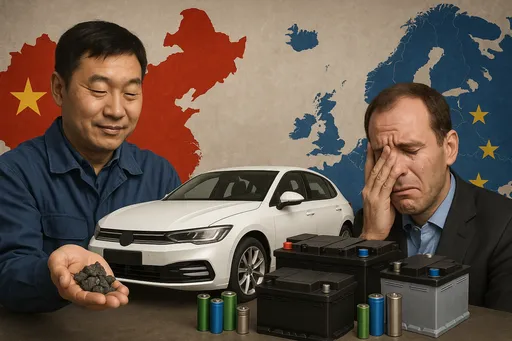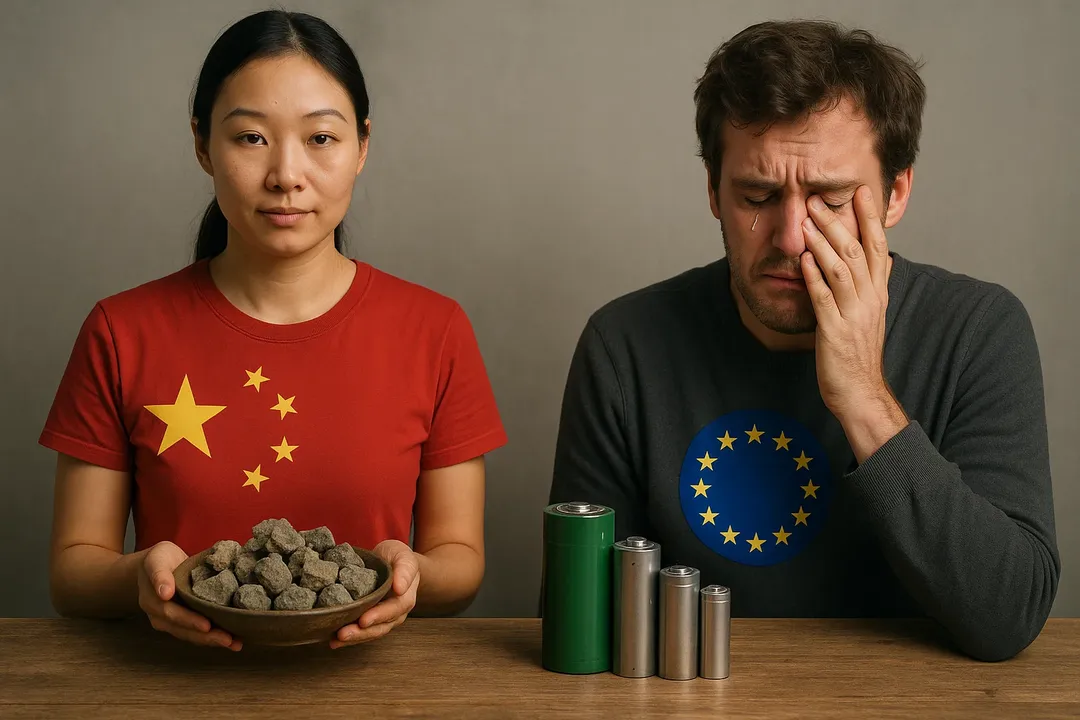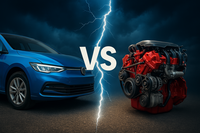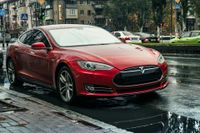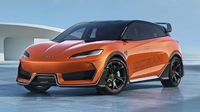The EU has set a big target: starting in 2035, no new gasoline or diesel cars can be sold. Only new emissions-free vehicles will be allowed – a milestone in the fight against climate change and a clear message to the car industry. Manufacturers are competing with electric models, charging stations are popping up everywhere, and politicians are patting themselves on the back. But beneath the shiny surface, a problem is being increasingly discussed: where do all the batteries for these electric cars actually come from?
The answer inevitably leads to China. When it comes to many critical raw materials like rare earths, lithium, or graphite, Europe is massively dependent on the Middle Kingdom. Without Chinese refineries and supply chains, not much can happen. This raises uncomfortable questions: can we even achieve our transport revolution without shifting our dependency – from oil in the Middle East to rare earths from China? Is the big phase-out of combustion engines even realistic? Or is a political promise standing on shaky ground?
In this article, we examine the true extent of Europe's battery dependency, which car manufacturers are smartly securing themselves, and what strategies are in place to break free from China's grip. We also ask: is there a risk that the 2035 ban might even collapse politically in the end?

